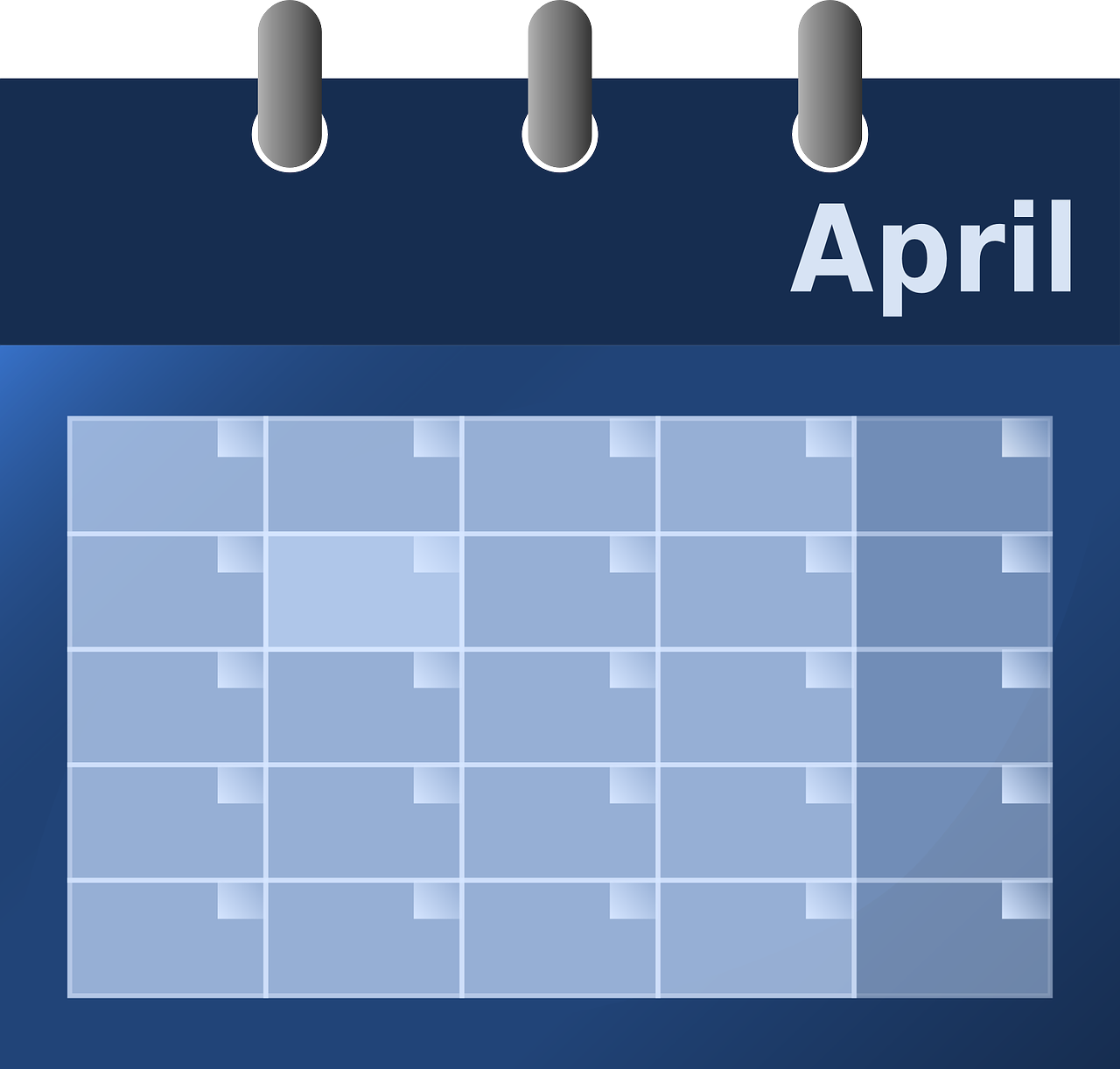 On Friday evening, President Donald J. Trump signed an executive order establishing a new pathway to permanent residency called “The Gold Card.” This program creates a fast-track green card option for wealthy individuals who make significant “gifts” to the U.S. government through the Department of Commerce.
On Friday evening, President Donald J. Trump signed an executive order establishing a new pathway to permanent residency called “The Gold Card.” This program creates a fast-track green card option for wealthy individuals who make significant “gifts” to the U.S. government through the Department of Commerce.
Highlights
Although clear guidance on the application process has not yet been provided, the executive order outlines several key features:
- Unrestricted Gift requirement:
To qualify for an immigrant visa through the Gold Card program, applicants must provide an unrestricted gift (without conditions or limitations) to the Department of Commerce in the following amounts.
- $1 million for individuals donating on their own behalf.
- $2 million if the gift comes from a corporation or entity on behalf of an individual
- Visa benefits: The gift can be used as evidence of eligibility under two employment-based categories:
- Exceptional business ability and national benefit (8 U.S.C. §1153(b)(2)(A) and
- National Interest Waiver (8 U.S.C. §1153(b)(2)(B))
- Could be expanded to the EB-5 immigrant investor program under 8 U.S.C. 1153(b)(5).
- Oversight and agencies involved: The Departments of Commerce, State, and Homeland Security are tasked with implementing the program, including setting up application, processing, status adjustment, and screening for public safety / national security.
- Use of the funds: The money raised will go into a separate Department of Commerce fund, held with the Treasury, intended to promote commerce and American industry.
- Timeline: The order gives the relevant secretaries 90 days to lay out implementation plans (application process, when gifts may start being submitted, fees, etc.)
Potential Legal Challenges
 Visa Lawyer Blog
Visa Lawyer Blog












